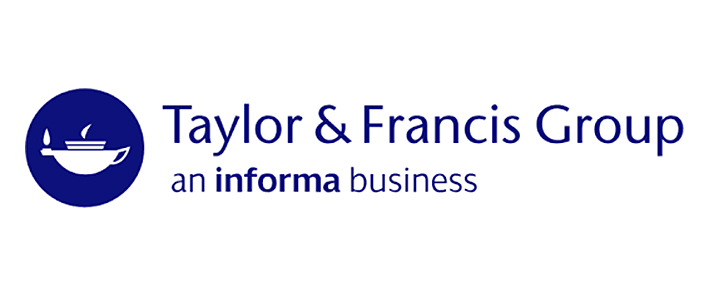APICON 2025 workshop manual - non-invasive ventilation and oxygen therapy/ Subhash Todi, Rakhi Sanyal eds.
Material type: TextPublication details: New Delhi: Jaypee Brothers Medical Pub., 2025Description: xvii, 142 pages: diagrams, ill.; 24 cmISBN:
TextPublication details: New Delhi: Jaypee Brothers Medical Pub., 2025Description: xvii, 142 pages: diagrams, ill.; 24 cmISBN: - 9789366162478
- 23rd 615.836 N812
| Item type | Current library | Call number | Status | Date due | Barcode | Item holds | |
|---|---|---|---|---|---|---|---|
| Books | ISI Library, Kolkata | 615.836 N812 (Browse shelf(Opens below)) | Available | C27743 |
Includes bibliography and index
History and evolution of noninvasive ventilation -- Noninvasive ventilation and respiratory physiology -- Benefits, indications and contraindications of noninvasive ventilation -- Types amd modes of noninvasive ventilation -- Machine and interfaces -- Initiation, settings, monitoring, alarms and troubleshooting -- Noninvasive ventillation in the acute medical take: strategies and solutions -- Realtime case-based discussion for clinical decision making of indication for NIV in AECOPD as per ERS/ATS practice guidelines 2017 -- Realtime case-based discussion for clinical decision making of indication for NIV in CPE as per ERS/ATS practice guidelines 2017 -- Realtime case-based discussion for clinical decision making of indication for NIV in post-extubation and weaning from invasive ventilation as per ERS/ATS practice guidelines 2017 -- Realtime case-based discussion for clinical decision making of indication for NIV in acute exacerbation of bronchial asthma as per ERS/ATS practice guidelines 2017 -- Realtime case-based discussion for clinical decision making of indication for NIV in De Novo respiratory failure as per ERS/ATS practice guidelines 2017 -- Extended uses of noninvasive ventilation -- Long-term home noninvasive ventilation -- Noninvasive ventilation in obstetric patient -- Noninvasive ventilation in pediatrics -- Role of noninvasive ventilation in airway clearance and physiotherapy -- Oxygen therapy
The use of noninvasive ventilation (NIV) and oxygen therapy has transformed the landscape of respiratory care, offering effective and less-invasive and relatively less-expensive solutions for patients with acute and chronic respiratory conditions. These modalities not only reduce the need for invasive procedures but also improve patient outcome and quality of life. With advancements in technology and a growing understanding of respiratory pathophysiology, the role of NIV and oxygen therapy continues to expand across various clinical settings. This manual is designed to serve as a concise yet-comprehensive guide for healthcare professionals involved in respiratory and acute care medicine. It aims to bridge the gap between theoretical knowledge and clinical practice, equipping readers with the tools to make informed decisions when managing patients requiring respiratory support. The book covers key concepts, including the evolution of NIV, its effects on respiratory physiology, indications and contraindications of NIV as per evidence-based recommendations, device selection, troubleshooting, NIV in acute care and long-term chronic care with uses in extended and special settings, and the principles of oxygen therapy. Practical guidance is provided on monitoring and titrating therapy, ensuring patient comfort, and avoiding complications. Emphasis is placed on evidence-based practices, supported by current guidelines and case studies that highlight real-world applications. In an era where respiratory illnesses are on an increase, this manual is a timely resource for acute care clinicians, respiratory therapists, and students. It reflects a commitment to patient-centered care, fostering the skills necessary to deliver effective, safe, and compassionate respiratory support. We hope this handbook inspires confidence and competence among its readers, empowering them to optimize the care they provide and contribute meaningfully to advancements in respiratory and acute care medicine.
There are no comments on this title.



























